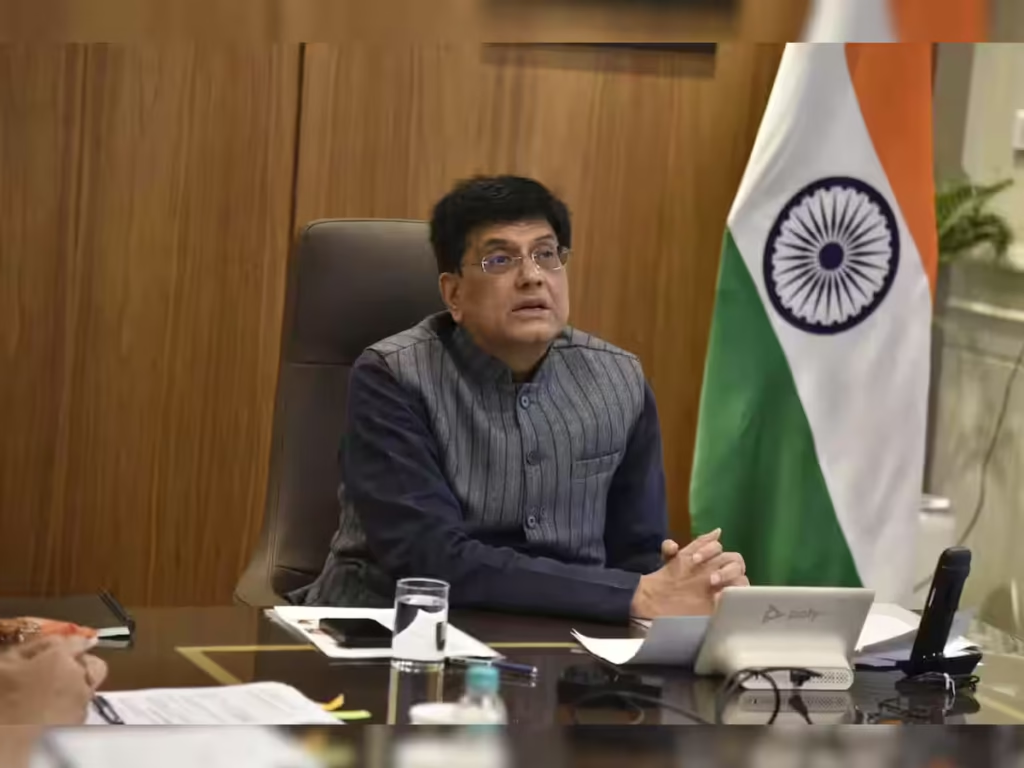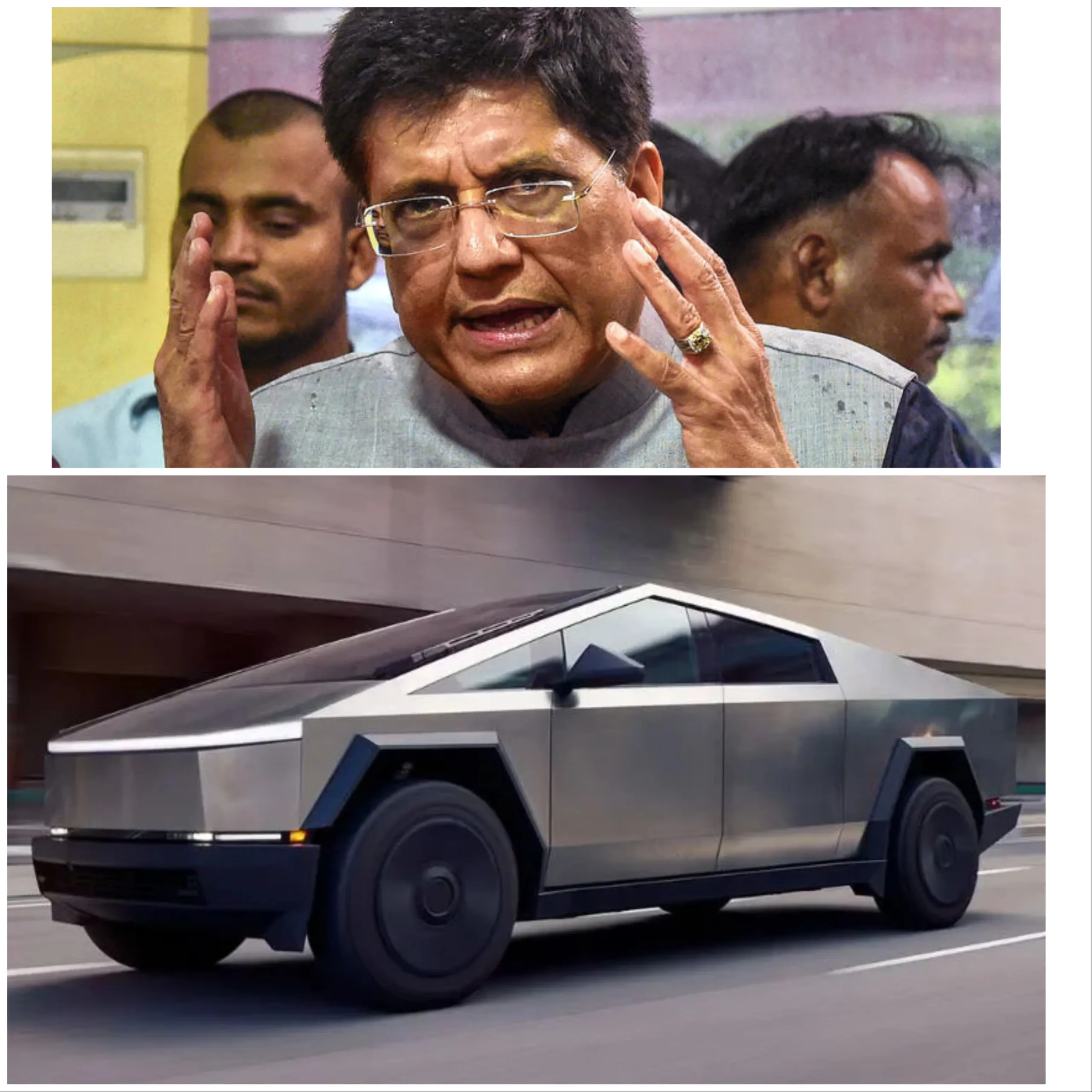India’s EV Makers Ready for Self-Reliance as Subsidy Era Ends: What’s Next?
India’s electric vehicle (EV) industry is preparing for a significant shift as government subsidies, which have fueled the sector’s growth, are set to phase out. In a high-level meeting with EV stakeholders, Commerce and Industry Minister Piyush Goyal announced that manufacturers are ready to embrace self-reliance and operate without subsidies.
This marks a pivotal moment for the Indian EV market, which has relied on initiatives like FAME-II and PM E-DRIVE to drive adoption and infrastructure development. As the subsidy era nears its end, the focus is shifting toward innovation, self-regulation, and long-term sustainability.

Contents
The End of Subsidies: A New Chapter for India’s EV Industry
For years, government subsidies have played a crucial role in making EVs more affordable and accessible to Indian consumers. Programs like FAME-II (Faster Adoption and Manufacturing of Hybrid and Electric Vehicles) have provided purchase price reductions for EV buyers and supported the installation of 10,763 public charging stations across the country.
Additionally, the PM E-DRIVE initiative has funded the deployment of electric buses, three-wheelers, rickshaws, and two-wheelers, along with investments in charging infrastructure and testing facilities.
However, as these subsidies phase out, EV manufacturers are stepping up to ensure the industry’s growth remains on track.
Government Support Beyond Subsidies
While direct subsidies may be ending, the government continues to support the EV sector through other initiatives:
- Duty Concessions for Global Manufacturers:
- In March 2024, the government introduced a policy offering duty concessions to global EV manufacturers investing a minimum of USD 500 million in domestic manufacturing facilities.
- Production-Linked Incentive (PLI) Scheme:
- The auto sector benefits from a ₹25,938 crore PLI scheme, which includes provisions specifically for electric vehicles. This initiative aims to boost local manufacturing and reduce dependency on imports.
- Charging Infrastructure Development:
- The Petroleum and Explosive Safety Organisation (PESO) has drafted guidelines for installing EV charging and battery swapping facilities at petrol pumps.
- The government is encouraging residential associations and commercial establishments to invest in charging equipment, promoting a decentralized approach to infrastructure development.
- Safety Standards:
- The Bureau of Indian Standards (BIS) is actively developing safety standards for EVs. Specifications for three- and four-wheelers are already in place, while draft standards for two-wheelers are under review.
Industry’s Response: Ready for Self-Reliance
Major EV manufacturers, including Tata Motors, TVS, and Mercedes-Benz India, have expressed confidence in their ability to thrive without subsidies. The industry is now focusing on:
- Innovation and Cost Reduction:
- Companies are investing in advanced battery technology, localizing production, and optimizing supply chains to reduce costs and improve profitability.
- Flexible Business Models:
- Minister Goyal emphasized that manufacturers have the freedom to choose their operational approach, whether through battery swapping collaborations or independent battery sales.
- Scaling Production:
- With India’s EV sales reaching approximately 1 million units in 2022, manufacturers are ramping up production to meet growing demand. Tata Motors, for instance, continues to dominate the passenger EV segment with models like the Nexon EV, Tiago EV, and Tigor EV.
The Road Ahead: Challenges and Opportunities
As the subsidy era ends, the Indian EV industry faces both challenges and opportunities:
Challenges
- Affordability: Without subsidies, manufacturers must find ways to keep EVs affordable for the average consumer.
- Infrastructure Gaps: While progress has been made, India still needs a robust charging network to support widespread EV adoption.
- Global Competition: With international players entering the market, Indian manufacturers must innovate to stay competitive.
Opportunities
- Self-Reliance: The shift away from subsidies encourages manufacturers to focus on long-term sustainability and innovation.
- Export Potential: By localizing production and improving cost efficiency, Indian EV makers can tap into global markets.
- Policy Support: Initiatives like the PLI scheme and duty concessions provide a strong foundation for growth, even without direct subsidies.
Why This Matters: A Turning Point for India’s EV Market?
The transition to self-reliance marks a new chapter for India’s EV industry. With government support shifting from subsidies to infrastructure and policy initiatives, manufacturers have the opportunity to build a sustainable and globally competitive EV ecosystem.
Key Takeaways
- The end of subsidies is not the end of growth. Instead, it’s a chance for the industry to innovate and scale.
- Government policies like the PLI scheme and duty concessions will continue to play a crucial role in supporting the sector.
- Collaboration between manufacturers, policymakers, and stakeholders is essential to address challenges and seize opportunities.
Driving Toward a Sustainable Future
As the subsidy era comes to a close, India’s EV industry is proving its resilience and readiness to embrace self-reliance. With a strong foundation of government support, innovative business models, and a growing consumer base, the future of electric mobility in India looks brighter than ever.
The road ahead may be challenging, but it’s also filled with opportunities to create a cleaner, greener, and more sustainable transportation ecosystem.

